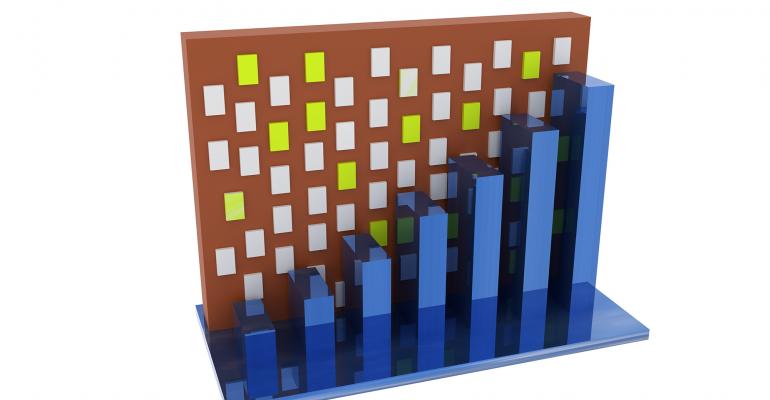Liquidity in the market is likely contributing to pricing growth and cap rate compression. According to Real Capital Analytics, cap rates declined 30 basis points to average 4.9 percent in the second quarter. However, survey respondents are bracing for higher cap rates, likely due to growing expectations for rising interest rates. Nearly three-fourths of respondents (72 percent) are preparing for a rise in interest rates over the next 12 months—a big swing compared to 19 percent who predicted an increase in the 2020 survey. Nearly half of respondents also believe the risk premium will increase, which is comparable to the 54 percent who held that view in the 2020 survey.
Although most respondents also think cap rates will rise over the next 12 months, the share is not as high as views on rising interest rates. In all, 62 percent of respondents said cap rates will rise over the next 12 months compared to 28 percent who predict a decrease and 11 percent who think cap rates will remain the same. Overall, the average expectation is an increase of 19 basis points.
It also is important to note that 64 percent of respondents thought cap rates were likely to rise in the 2020 survey—a prediction that did not materialize. “The pressure on cap rates is going to continue, and the primary reasons for that are that we continue to have very low and attractive borrowing costs,” says McAuliffe. Even though cap rates have declined by 30 basis points or more, there is still positive leverage of 75 to 100 basis points between the cap rate and borrowing costs. Investors also are underwriting rent growth more aggressively in the first couple of years, and the amount of capital flowing into the sector is creating competitive bidding on for-sale properties, he adds.
Respondents view the West/Mountain/Pacific and South/Southeast/Southwest as the two strongest regions for performance at 78 percent and 71 percent respectively, rating them as an 8 or higher on a scale of 1 to 10. In fact, sentiment for both jumped compared to the 2020 survey where fewer respondents were confident in the strength—60 percent for the South and 58 percent for the West. The East region was viewed as strong by 55 percent, while the Midwest trailed at 25 percent.
“The Sun Belt markets continue to be hot markets given the positive net migration and corporate relocations to tax-friendly markets,” notes Casas. Interest also is increasing in the West Coast, primarily in suburban locations. Confidentiality agreement counts are up across the country, and we are seeing significant increases per deal on the West Coast, he says. “Investor demand continues to be propelled by strong leasing momentum, dry powder and low interest rates,” he says. “Suburban assets remain the most desirable, but as markets reopen investor demand for urban assets has gradually increased.”


